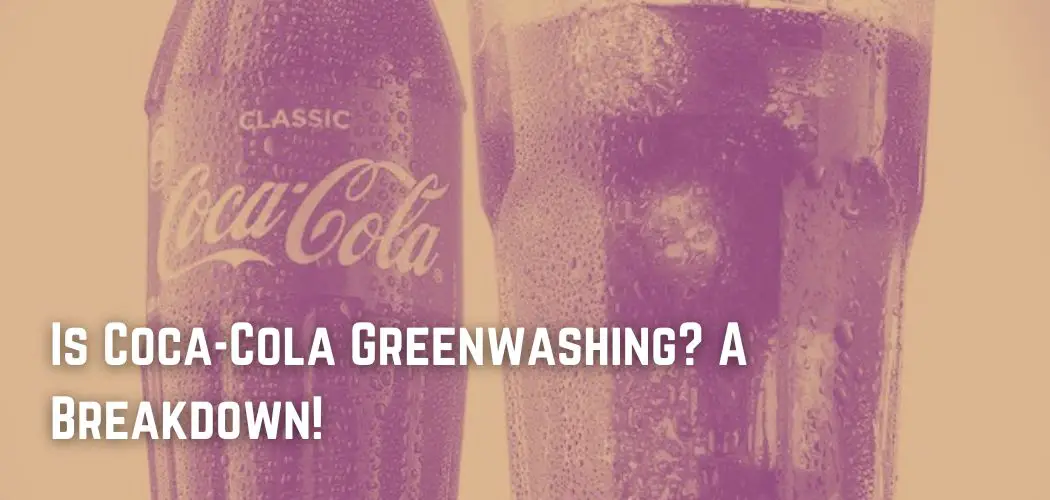Coca-Cola, which produces more soft drinks than any other company in the world, has long experimented with environmentally friendly bottles.
Now, the company claims that by 2025, all of its packaging will be recyclable, and by 2030, at least 50 percent of its packaging will be constructed from recycled materials. But is it truly capable?
Brands are under more and more pressure to clean up their products and packaging and come up with more sustainable and ethical solutions.
The ready-to-drink business, with its single-serve items that contribute to the worldwide plastic waste catastrophe, is the only sector that requires such a change.
Quincey says that South Korea’s “label-free” bottles and Japan’s “end-to-end strategy” are two examples. “Or Sprite’s green-to-clear packaging, which improves the product’s recyclability and will be added to 75 additional markets by 2022,”
He gave the example of South Africa, where a universal bottle was used to try to boost demand for reusable PET packaging.
The U.S. Green Building Council has awarded the World of Coca-Cola a “gold” rating for being an environmentally friendly building with a “green” classification (USGBC).
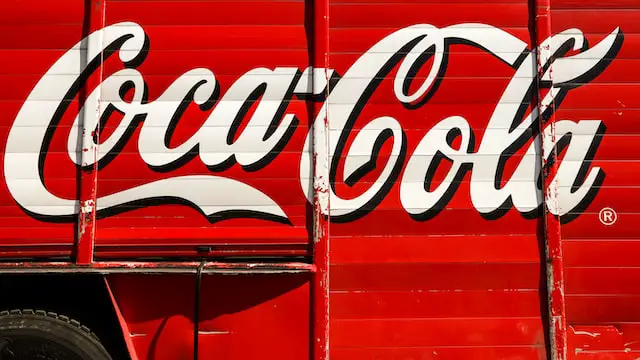
The World of Coca-Cola follows the Leadership in Energy and Environmental Design standards set by the USGBC.
These standards encourage the building of “high-performance, sustainable buildings” by putting the focus on saving energy and water, recycling, reusing resources, and reducing waste.
It is one of the LEED-certified buildings in Georgia, of which there are more and more each year.
Lawsuit Filed Against Them
Coca-Cola is being sued by an institute for making false claims that it is sustainable and good for the environment, even though it is the biggest plastic polluter in the world.
On World Oceans Day, a lawsuit was filed against the Coca-Cola Company.
The lawsuit asked the American multinational to explain why it misleads people into thinking it uses sustainable practices when this is not the case and instead hurts marine life, the oceans, and coastal communities in a way that can’t be fixed.
The beverage company says on its website and in its ads that “our world matters” and that it is “growing sustainable solutions… and investing in sustainable packaging platforms to minimize our carbon footprint,” as well as promoting a “World Without Waste.”
According to the Break Free From Plastic Global Cleanup and Brand Audit report, Coca-Cola has been named the top plastic polluter in the world for the past three years in a row.
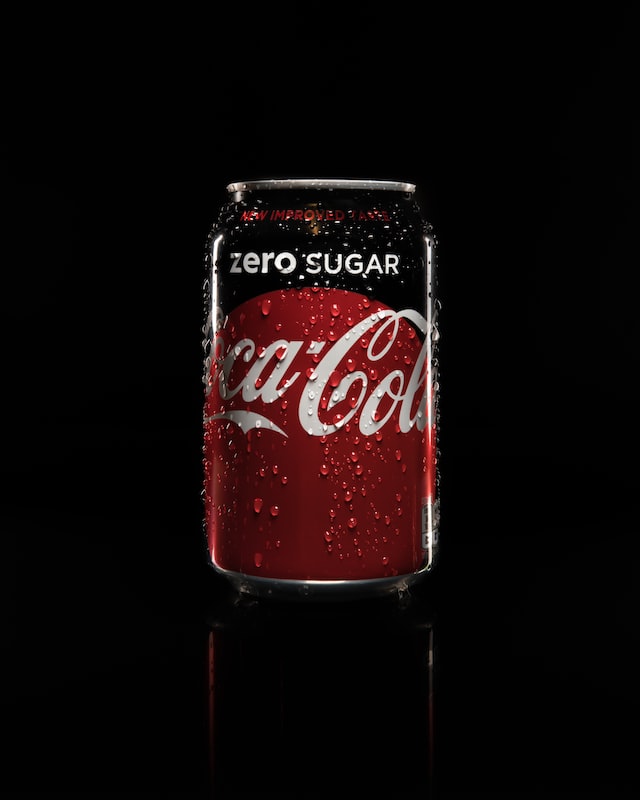
As part of the study, 13,834 of the company’s empty plastic bottles were found on beaches, rivers, and parks in 51 of the 55 countries surveyed in 2020.
This is a much higher number than the company’s previous record of 37 countries in 2019 and more than the next two companies.
The Institute’s general counsel said in a news release that Green Queen saw that Coca-Cola has always “pretended” to care about the environment and blamed customers for the continued use of plastic bottles.
Eco-Friendly Or Not?
Anyone who knows the history of Coke is most worried about a repeat of the 1985 New Coke fiasco, which was a turning point not only in Coca-Cola’s history but also in how changes are made (or forced on customers in this case).
After 99 years of the same recipe, the Coca-Cola Company decided it was time for a change to match new tastes. The public despised the choice, inundated Coca-Cola with complaints, and boycotted the new product.
In popular retellings, two details are frequently omitted in the lead-up to the transformation. First, Coca-Cola has been losing market share for 15 years; therefore, the business reasoned that a brand makeover was necessary.
Second, a lot of research had been done on the new recipe, and many blind taste tests proved without a doubt that it was better than the old one.
What then went wrong? The fact that Coke was 99 years old likely played a significant influence on the narrative. It had survived two world wars and Nebraska’s entry into the United States, so there was a sense of public ownership of the beverage.
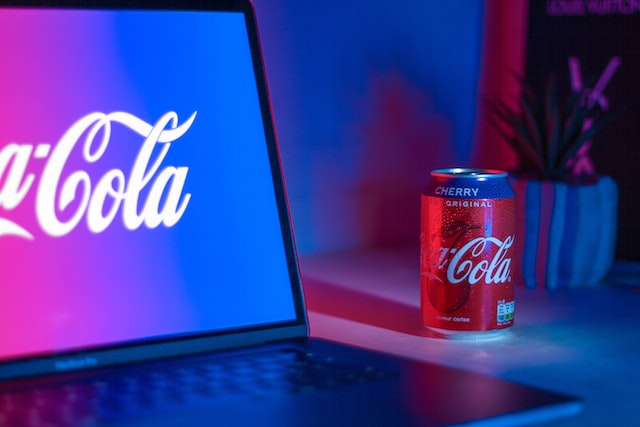
The fact that it wasn’t even permitted to reach its centennial disappointed some. As a whole, it was seen as a case of a company getting involved in American life for no clear reason.
Strangely, the corporation began to receive airtime despite the objections. With names like “The Society for the Preservation of the Real Thing,” pressure groups were formed.
Within a few months, the Coca-Cola Company got the message and started making their old-style cola, which they called “Classic Coke.” They sold it along with “New Coke,” giving their customers a choice they probably would have liked from the start.
New Coke had little prospect of survival, and it was terminated shortly thereafter.
Utilization Of Bioplastic
A famous materials science expert and polymer engineer says that bioplastics have problems, even though they have clear benefits, like being able to replace fossil fuels.
It’s not easy to figure out in the clearest and most precise way possible what PET bottles do to the environment and what their environmental footprint would look like if they stopped using petrochemicals and instead used the same amount of biomass.
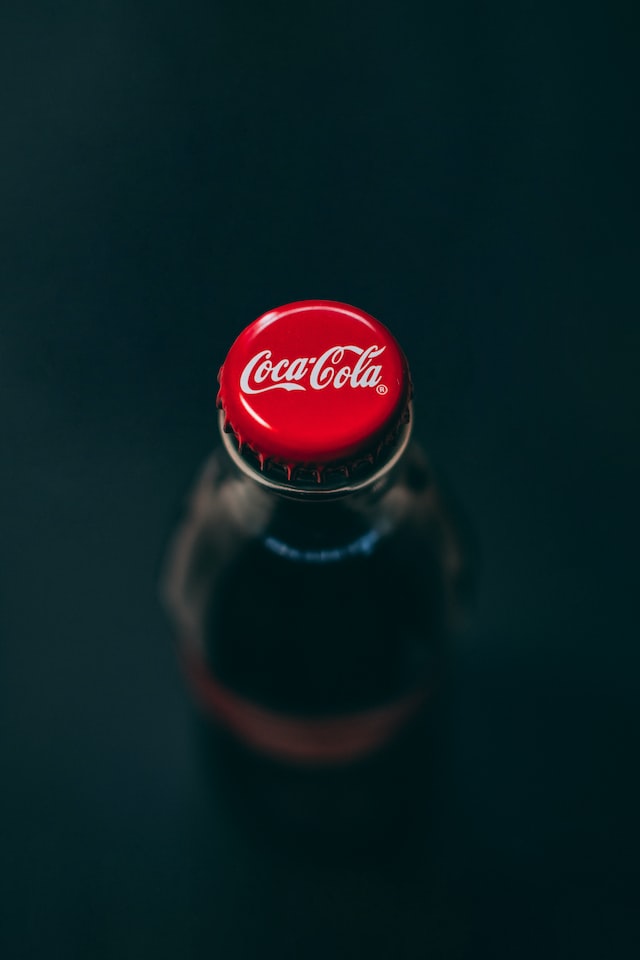
This is not a trivial fact, as we can likely never be absolutely certain of it.
It is also said that it may be hard or too soon to fully understand the benefits of bio-based plastics for the environment. “It is very hard to know how this change will affect the study of the bottles’ life cycle at this point.”
Conclusion
Activists are worried that big polluters like Coca-Cola could have the same effect on global climate policies under the Paris Agreement. This could lead states to accept the wrong solutions or make fewer people support strict rules based on science.
Coca-sponsorship by Cola at COP27 is nothing but greenwash. The organizer of Break Free From Plastic told a newspaper, It’s crazy that a company with so many ties to the fossil fuel industry is allowed to sponsor such a big climate conference.”
